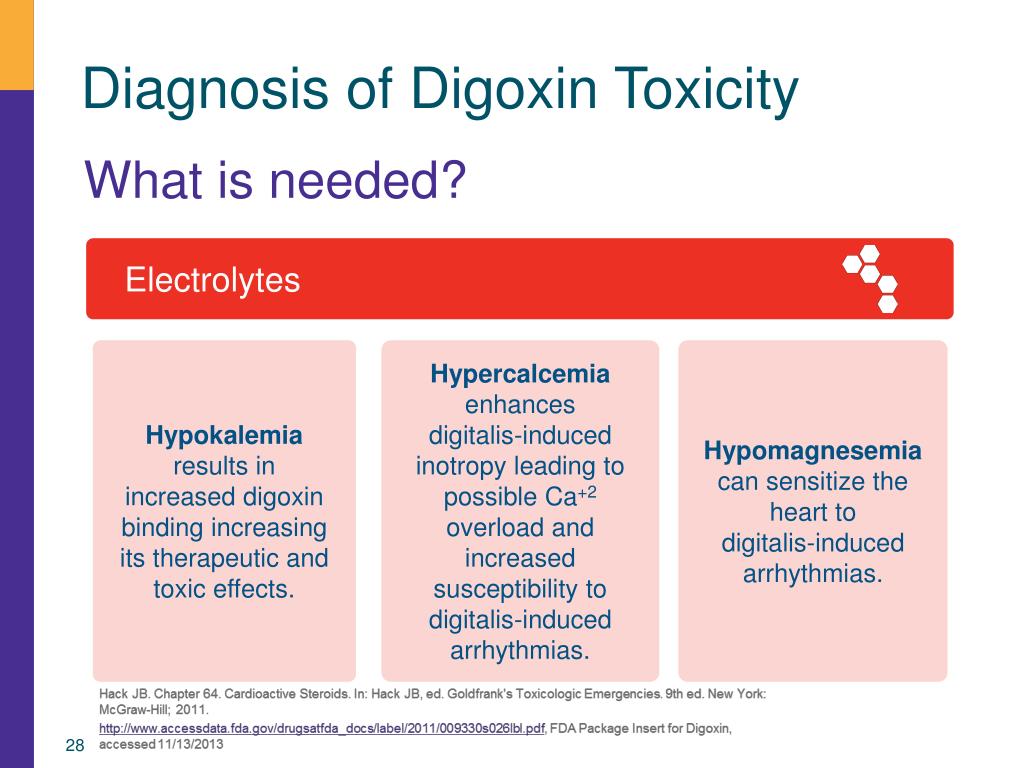

To take one example-we sell potassium iodide products that prevent radioactive iodine from getting into the thyroid gland during a nuclear radiation emergency. Those responsible for emergency planning are more conscientious about what they stockpile and what antidotes they may want to have on hand in a public health emergency. Hill: Having been in this field for 20 years, we’ve seen how the COVID pandemic, the war in Ukraine, and (more recently) reports of terrorist activity in Western Europe have put health emergency preparedness and response higher on the agenda of governments, public health agencies, and militaries around the world. What does that look like in 2023? Do you anticipate an increased demand?

Pharm Exec: Let’s talk about the demand for antidotes.

In this exclusive Q&A with Pharmaceutical Executive, Christon Hill, chief innovation officer, SERB Pharmaceuticals, reveals the demand for antidotes, how the development and manufacture of antidotes differ from “traditional” pharmaceuticals, acquiring financial backing, antidotes the company is working on, and more. But one market that may not be discussed as often as others is that of antidotes and the treatment of poisonings, toxicities, and more. Traditionally, hemodialysis is continued until ethylene glycol and glycolic acid levels cannot be detected in the blood, and there are no acid-base disturbances.There are many important markets in the pharmaceutical industry that address patient needs. If metabolic acidosis persists, too little ethanol or fomepizole is being administered. 4, 7 When ethanol or fomepizole is administered and renal failure is present, dialysis is the only method for removal of ethylene glycol. In the absence of renal dysfunction and significant metabolic acidosis, the use of fomepizole should eliminate the need for hemodialysis in patients with high serum ethylene glycol concentrations in these patients, frequent monitoring of acid-base balance isnecessary. 4 A serum ethylene glycol concentration greater than 50 mg per dL (8 mmol per L) by itself is no longer considered a criterion for hemodialysis. 4, 5, 7, 8, 10, 13, 16, 17 Current indications for initiating hemodialysis are shown in Table 5. Hemodialysis is effective in removing ethylene glycol and glycolic acid, and correcting themetabolic acidosis. Disadvantages of treatment with ethanol include variable metabolism of ethanol inebriation and CNS depression frequent monitoring of serum concentrations (every one to two hours) difficulty maintaining effective serum concentrations and the need to administer ethanol in an intensive care unit. Advantages of intravenous infusion include greater absorption and no gastrointestinal upset. While oral ethanol can be simply administered, it requires a conscious patient who is willing to drink the ethanol or tolerate the placement of a nasogastric tube. The AACT 4 provides specific dosage recommendations for ethanol in patients receiving standard treatment and patients on hemodialysis. 4 Intravenous administration of ethanol, described in Table 4, 15, 16 should be continued until ethylene glycol levels have been reduced below 20 mg per dL and the metabolic acidosis has been corrected. The recommended therapeutic blood ethanol level is 100 to 150 mgper dL(22 to 33 mmol per L). 9Įthanol may be administered orally or intravenously. High serum ethanol concentrations will cause an overestimation of the osmolar gap. If the patient presents soon after ingestion, ethylene glycol may not yet have been converted to its acid metabolites late presentation may reveal no osmolar gap because the ethylene glycol has already been converted to toxic, but osmotically inactive, products. 4 While elevated serum osmolality combined with an elevated anion gap strongly suggests ethylene glycol poisoning, the absence of either does not rule out a significant ingestion. 5, 9 Some recent reports 6, 11 suggest that a normal osmolar gap is -10 to +20 mOsm per kg of water, but current recommendations use an osmolar gap greater than 10 for initiating treatment with an antidote. If the serum osmolar gap is greater than 10 mOsm per kg of water, the presence of ethylene glycol poisoning is likely. 5 – 7, 9 The osmolar gap (O g) is calculated by subtracting the calculated serum osmolality (O c) from measured osmolality (O m), or O g = O m − O c ( Table 2). An increased anion gap with a normal chloride concentration indicates retention of nonvolatile organic acids such as glycolic acid. Calculation of the anion and osmolar gaps can facilitate an early diagnosis, and should be performed when the origin of metabolic acidosis is unknown.


 0 kommentar(er)
0 kommentar(er)
